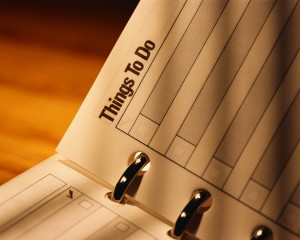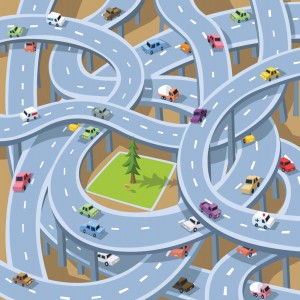
How much do you value your time off?
How do you act on that value? Do you regularly schedule time off? Do you adhere to that schedule? How about vacations?
As a solopreneur, it’s really easy to get on a treadmill of work particularly when our income isn’t where we need it to be. For many reasons, this is a bad idea. For starters:
- It’s not sustainable. You can only burn the candle at both ends for so long before bad things begin happening both physically and mentally.
- It’s not satisfying. Work is a critical component of a satisfying life, but it’s not the only one. You need leisure, recreation, social time and family time too.
- You won’t be at your best for your clients. I’m a big believer in each person contributing their brilliance to the world, and if you’re fried to a crisp you can’t do that.
- It’s not an efficient way to work. Can you really be productive 16 hours a day for long stretches of time? Probably not. Sometimes situations dictate we work long hours for short periods of time, but it’s not a good idea to make a practice of it.
- You run the risk of resenting your business and clients without even realizing it, and that’s no way to live.
When things are going badly in our business, it may seem like the answer is to work harder and that may well be part of the solution. But working harder can only take you so far. If you’re working too hard, as defined by you and your lifestyle needs, your business model may be in need of some tuning. Don’t fall into the trap of working harder when that’s not the problem. I invite you to take a stand for taking time off! Part of my stand on time off is that I don’t work weekends unless the mood strikes or I’m at an event. I don’t schedule client meetings on weekends.
Leave a comment with something you stand for in taking time off! If you don’t have any time scheduled for fun, grab your calendar and carve out some time.
If you’re working too hard and not getting the results you want, I’d love to help you fine tune your business model. Click here to schedule a call with me.







